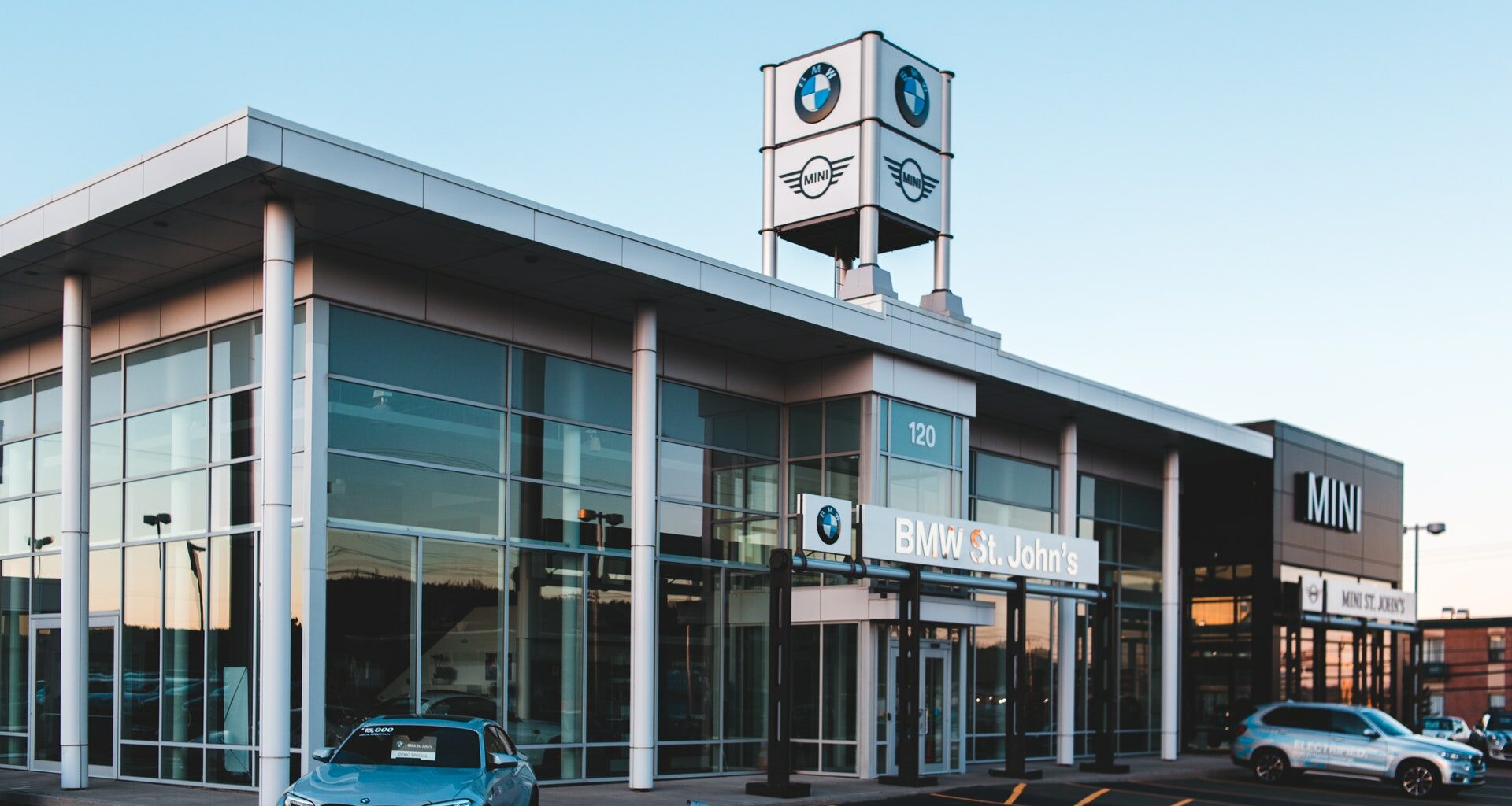Despite being overvalued as a meme stock, Tesla rightfully gets a lot of credit for jostling the car industry from its decades of gradual, incremental improvements and forcing more drastic step function changes. The most obvious is popularizing EVs and accelerating the transition away from internal combustion engines; other effects include normalizing over-the-air updates, providing a blueprint for other entrepreneurs to start their own automotive startups1, and bypassing established car dealership networks to sell and service vehicles directly.
On that last part, when I wrote about the state of car dealerships a few years ago, the circumstances were quite different. At the time, Tesla was shutting down some of its physical stores as it ran low on cash and had trouble scaling out its Model 3 manufacturing, and other car companies were still in the early stages of their own electrification plans. I had thought that while Tesla had demonstrated a path to market without relying on traditional dealers, they’re really an n-of-1 and it’d take decades to unwind the entrenchment of car dealerships.
It’ll likely still take decades, but the onset of COVID-19 and its have accelerated the trend. Specifically, supply chain disruptions made both new and used cars more expensive, and it was bad enough that for a few months, the imbalance of vehicle supply and demand was the primary driver of inflation in the US. Prices have softened a bit 2 years in, but continued microchip shortages have made for some unprecedented compromises, like cars rolling off the factory floor missing previously standard features .
All of this has changed how dealerships function. Previously, dealers held excess inventory of popular vehicles, and the car buying experience consisted of a day spent sitting in front of an overly-wide desk, waiting for salespeople to shuffle back-and-forth as they “negotiate” with their sales managers on how much of a discount the dealership can afford to knock off of the MSRP. If successful, the reward is further hazing through the vehicle operations and financing departments, and eventually you may get to drive the car off the lot, with a few thousand dollars of depreciation lost as the wheels roll from the dealer lot to the street.
With inventory so strained and limited, MSRP has actually become a realistic sale price, and a handful of new and limited models demand prices well beyond the window sticker—a dynamic that has also recently plagued the housing market. But whereas the lack of dealerships—and therefore negotiations—by Tesla was initially more about removing hassle and awkwardness, nowadays paying MSRP is actually a pretty good deal for the customer as-is2. The dealership model had propped up car negotiations as an outdated ritual; this may be just the push needed to end it, the same way negotiations have become obsolete in almost every other type of purchase.
Beyond this pricing mediation, the other major factors against car dealerships is really the accelerated adoption of EVs, following the broad trends in vehicle technologies established by Tesla. Electric vehicles are have less maintenance needs, which means that car servicing will be a shrinking industry as more cars on the road move to simpler electric powertrains and engines. At the same time, increased connectivity and software sophistication has naturally led to more adoption of over-the-air updates by more manufacturers, which also saves trips to dealerships. Car manufacturers are finally taking advantage of the distribution effects provided by the internet to strengthen their direct relationships with their consumers, and everyone is better off—
Except for the circumvented car dealers.




